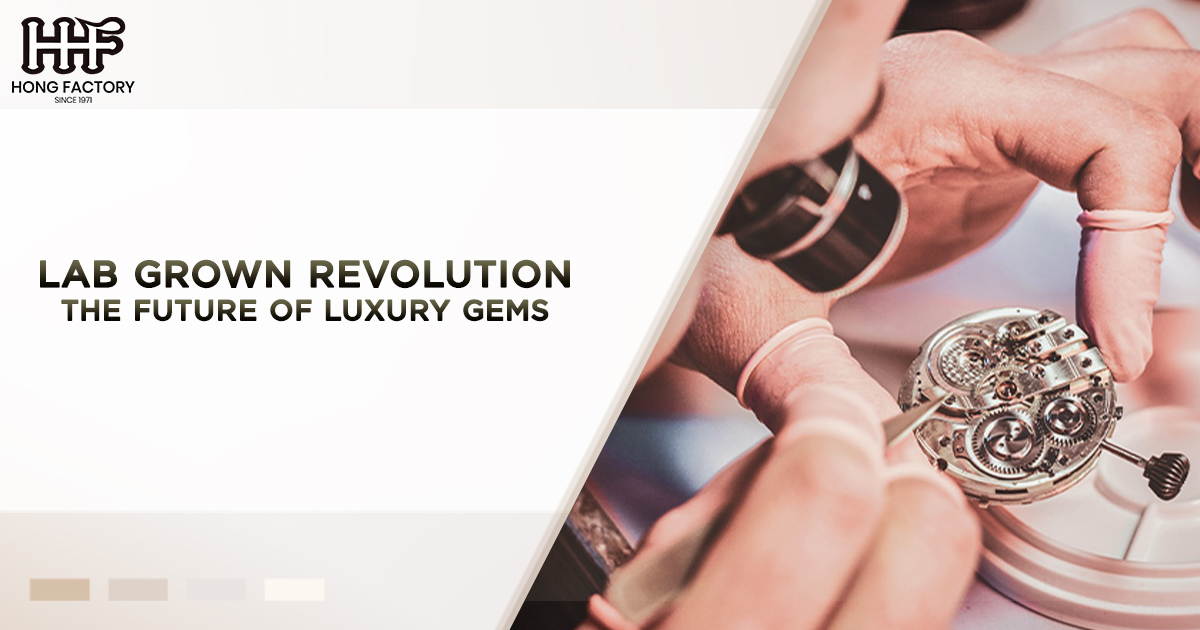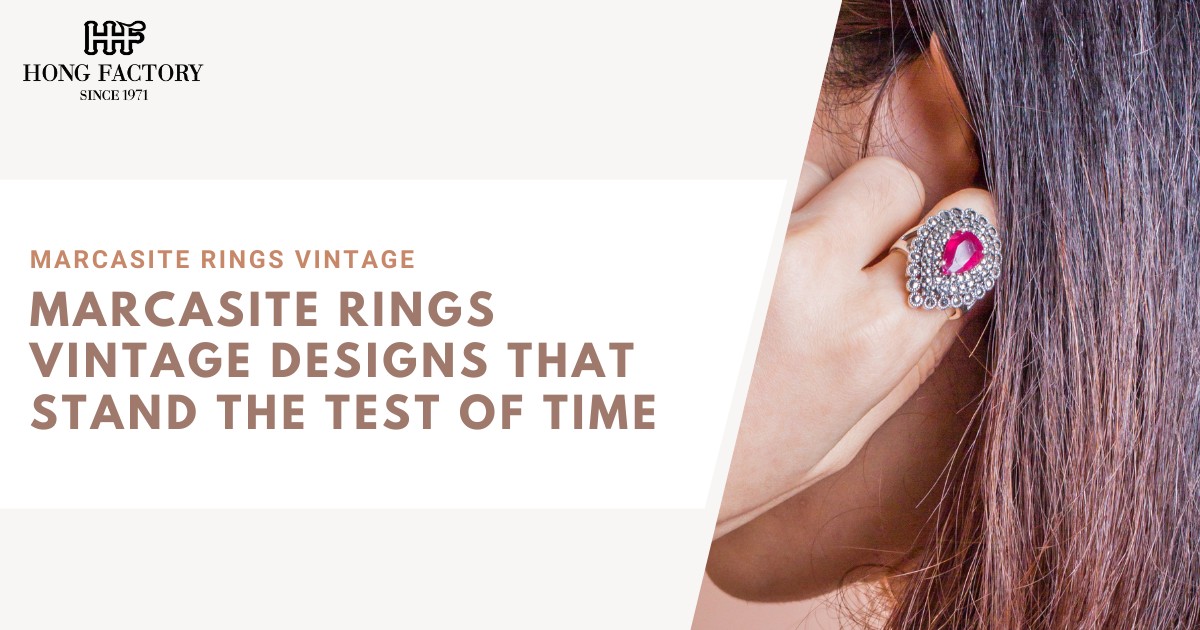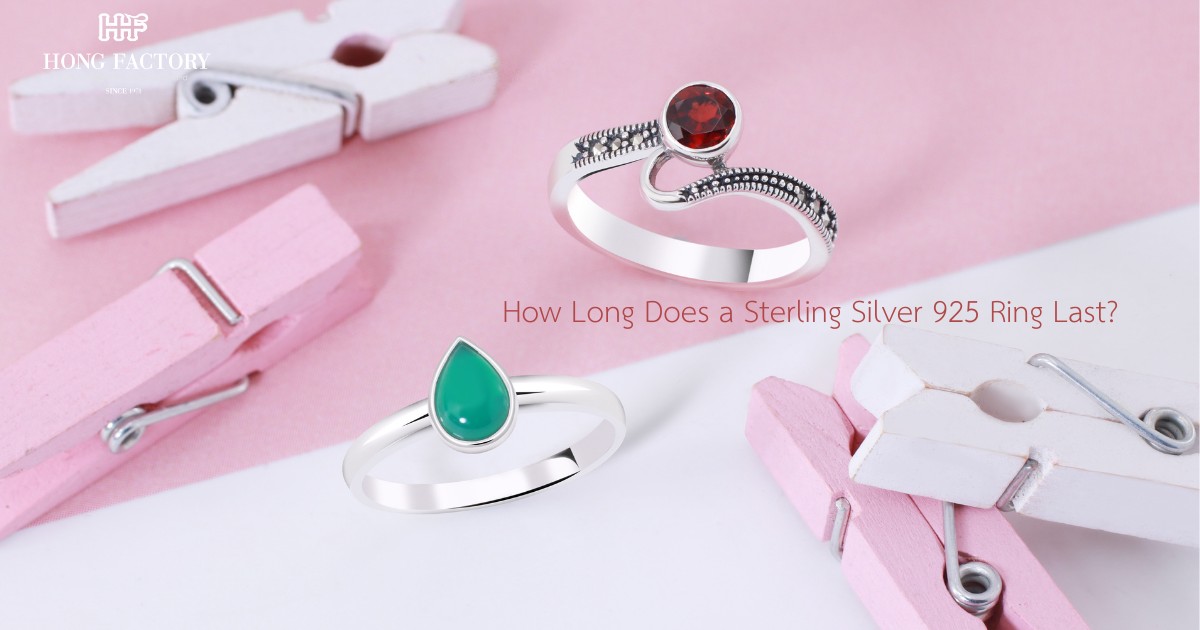The jewelry industry is witnessing a paradigm shift, driven by advancements in technology and consumer demand for ethical, sustainable, and innovative alternatives to mined gemstones. Lab created gems, also known as synthetic stones, are emerging as a revolutionary force, redefining the traditional luxury gem market. These man-made jewels combine beauty, quality, and sustainability, making them an attractive option for modern consumers. This article delves into the production process, quality comparison, market trends, and environmental impact of lab-grown gems, providing a comprehensive understanding of why they are shaping the future of luxury.
The Production Process – Science Meets Art
Lab-grown gems are created by replicating the natural processes that occur deep within the Earth, but in controlled laboratory environments. The two primary methods used for creating synthetic gemstones are High-Pressure High-Temperature (HPHT) and Chemical Vapor Deposition (CVD) .
High-Pressure High-Temperature (HPHT) Process
This method mimics the intense pressure and high-temperature conditions under which natural diamonds form. A small diamond “seed” is placed in a chamber along with carbon. The chamber is subjected to extreme heat and pressure, causing the carbon atoms to form a crystalline structure around the seed, creating a lab-grown diamond.
Chemical Vapor Deposition (CVD) Process
CVD involves placing a diamond seed in a vacuum chamber filled with carbon-rich gases, such as methane. By applying heat, the gases break down, and carbon atoms bond to the seed layer by layer, resulting in a lab-created gem. This process allows for fine control over the gem’s properties, ensuring excellent clarity and precision.
For other synthetic stones, such as rubies, sapphires, and emeralds, similar techniques are employed using specific materials and conditions tailored to their unique composition. The end result is a gemstone that is chemically, optically, and physically identical to its mined counterpart.
Quality Comparison – Lab-Grown vs. Natural Gems
One of the most frequently asked questions by consumers is whether lab created gems match the quality of mined stones. The answer is a resounding yes. In fact, synthetic stones often surpass natural gems in terms of clarity and perfection. Here’s how they compare
Visual Appearance
Lab-grown gems are almost indistinguishable from natural stones to the naked eye. They exhibit the same brilliance, fire, and sparkle. Advanced technology ensures that lab created gems are free from inclusions and imperfections that often occur in mined stones.
Chemical and Physical Properties
Synthetic stones share the same chemical composition and physical properties as their natural counterparts. For instance, a lab-grown diamond is made of pure carbon, with a hardness of 10 on the Mohs scale, just like a mined diamond.
Affordability
Lab created gems are significantly more affordable. On average, they cost 20-40% less than mined gemstones of the same quality, making luxury more accessible to a broader audience.
Ethical Sourcing
Unlike natural gemstones, which can involve unethical mining practices and conflict zones, synthetic stones are produced in controlled environments, offering a transparent and conflict-free alternative.
While traditionalists might argue that natural gems have unique imperfections or sentimental value, synthetic gems offer a perfect solution for consumers prioritizing flawless beauty and sustainability.
Market Trends – Shaping the Jewelry Industry
The global market for lab created gems is rapidly expanding, driven by shifting consumer preferences and technological advancements. Several key trends highlight their growing prominence.
Growing Demand for Sustainable Jewelry
Modern consumers are increasingly seeking sustainable jewelry options. Millennials and Gen Z, in particular, value ethical practices and environmental responsibility. This shift has made lab created gems a popular choice, as they align with these values while offering luxury appeal.
Expanding Product Range
Initially focused primarily on diamonds, the lab-grown revolution has expanded to include other synthetic stones, such as sapphires, emeralds, rubies, and even moissanite. This diversity has broadened the appeal of lab-grown gems for all kinds of fine jewelry, from engagement rings to everyday wear.
Adoption by Luxury Brands
Top jewelry brands are embracing lab created gems to meet consumer demand and bolster their sustainability credentials. Tiffany & Co., Pandora, and De Beers have all incorporated synthetic stones into their collections, signaling a major industry shift.
Customization and Personalization
The precision of lab-grown production allows for greater customization. Consumers can now design bespoke jewelry pieces with unique gem colors, sizes, and cuts, elevating the level of personalization in the luxury market.
E-Commerce Boom
The rise of e-commerce has made lab created gems more accessible than ever. Online platforms cater to tech-savvy buyers who conduct research, compare options, and make informed purchases, fueling the growth of the lab-grown gemstone market.
As demand for gem alternatives grows, industry analysts predict that lab created gems will continue to disrupt traditional gemstone markets, eventually reaching a similar status as natural stones.
Environmental Impact – A Sustainable Choice

One of the most significant advantages of lab-grown gems is their reduced environmental impact compared to mined gemstones. Traditional mining operations are often associated with habitat destruction, soil erosion, water pollution, and carbon emissions. In contrast, synthetic stones offer a more sustainable and eco-friendly alternative. Here’s why
Reduced Carbon Footprint
Lab-grown gems require significantly less energy and resources than mining operations. Many manufacturers are transitioning to renewable energy sources, further reducing the carbon footprint of production.
Preservation of Ecosystems
Mining often involves the clearing of large land areas and disruption of local ecosystems. By producing gems in laboratories, the need for destructive mining practices is eliminated, preserving natural habitats.
Minimal Water Usage
Mining is notorious for its excessive water consumption and pollution. Lab-grown gems require less water and do not contribute to water contamination, making them a cleaner choice.
Ethical Labor Practices
Unlike traditional mining, which can involve exploitative labor practices, lab-grown gems are created in controlled environments with fair labor standards. This ensures that the supply chain is ethical from start to finish.
Waste Reduction
The lab-grown process generates minimal waste, as it uses precise quantities of raw materials to create high-quality gems. When consumers opt for synthetic stones, they contribute to a circular and sustainable jewelry economy.
By choosing lab created gems, consumers can enjoy exquisite jewelry while actively supporting sustainable practices, making it a win-win for both luxury and the planet.
Conclusion
Lab-grown gems are not just a trend—they represent a seismic shift in the way we think about luxury and sustainability. These dazzling synthetic stones deliver unparalleled beauty, affordability, and ethical assurance, making them a compelling alternative to mined gemstones. Supported by cutting-edge technology, changing market dynamics, and a growing emphasis on sustainable jewelry, lab created gems are poised to dominate the future of the jewelry industry.



